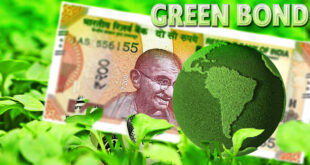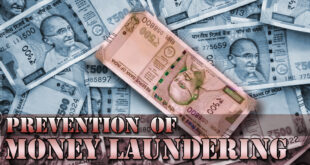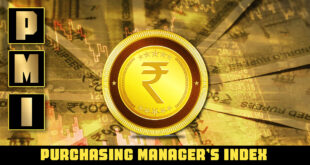The latest Consumer Price Index data showing a resurgence in retail inflation proves exactly why the RBI’s monetary authorities have reiterated the need to keep the policy approach firmly tilted towards ensuring price stability.
CPI-based provisional inflation
With food prices becoming unmoored and spiralling up, June’s CPI-based provisional inflation reading accelerated by half a percentage point to a three-month high of 4.81%. Inflation in the food and beverages group, the single-largest constituent of the CPI that contributes almost 46% of its weight, led the resurgence, quickening by 128 basis points from May’s level to 4.63%.
Data’s food price inflation
- The food price inflation was broad-based with 10 of the 12 sub-groups witnessing year-on-year increases: cereals registered 12.7% price gains, eggs logged 7%, dairy experienced 8.56% inflation, pulses posted 10.5% and spices saw gains exceed 19%.
- Vegetables, with a 6% weight in the CPI and the third-largest of the food basket’s dozen items, though still in the disinflation zone at minus 0.93%, saw prices harden so drastically in June that the disinflation narrowed by more than 700 basis points.
- Month-on-month, vegetable price inflation soared to 12.7%, the highest sequential rate of price gains in the essential food group since October 2021.
- Tomatoes were the main culprit with prices skyrocketing by 64% from May’s levels. With the exception of three vegetables, including lady’s finger and lemon, in the 19-member basket, all the others including the most widely used potatoes and onions registered sharp sequential inflation.
- That the year-on-year quickening in price gains happened notwithstanding a high base — June 2022 saw inflation at 7.01% — is also a clear sign that price pressures are regaining a disconcerting momentum.
- Core inflation, which excludes the food and fuel and light groups, still remained stuck at 5.16%, barely moving from May’s 5.17% pace.
- Of the non-food items, clothing and footwear, as well as health and personal care saw price gains that exceeded 6% in June.
- Education prices too continued to keep rising steadily. In the backdrop of monsoon rains showing an erratic trend, the outlook for the kharif crop output will depend heavily on sowing shortfalls being bridged in the rest of July.
- As on July 7, while overall kharif sowing was 8.7% lower than a year earlier, the essential staples of rice and pulses showed 24% and 26% shortfalls, respectively.
Conclusion
- And with oilseeds too reflecting a 14% deficiency compared with 2022 levels, there is a real risk that all the recent hard-won gains in anchoring inflation expectations may start to unravel in the coming months.
- Policymakers must tighten their grip over prices to prevent the broader economic recovery from floundering.
SOURCE: THE HINDU, PIB
 Chinmaya IAS Academy – Current Affairs Chinmaya IAS Academy – Current Affairs
Chinmaya IAS Academy – Current Affairs Chinmaya IAS Academy – Current Affairs



